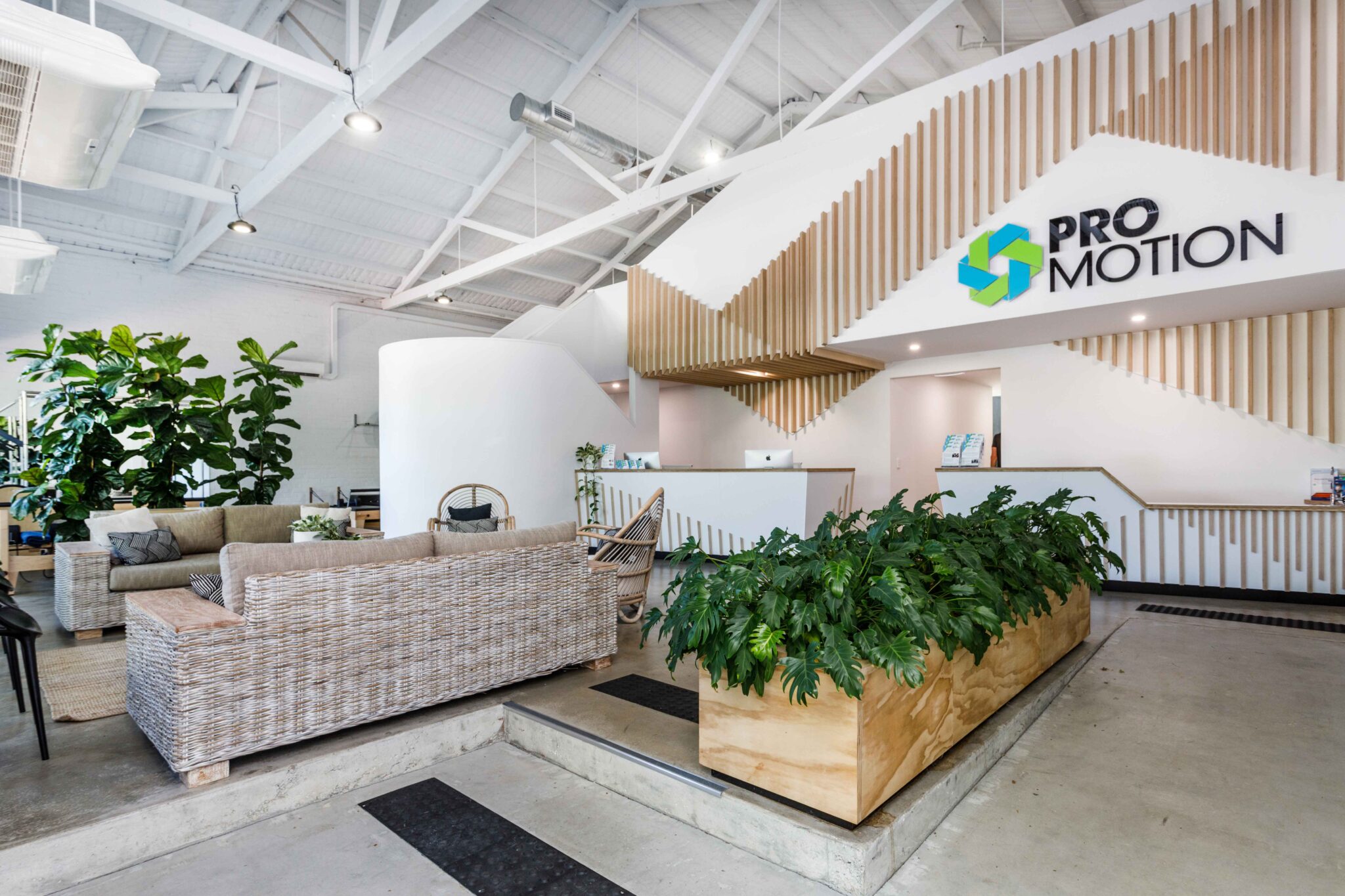
Achilles tendinopathy is a painful overuse injury of the Achilles tendon most commonly seen in runners and sports that involve repetitive jumping, leading to altered tendon structure and reduced load capacity. This injury is not limited to the athletic population and is a commonly seen in patients presenting to physiotherapy.
Exercise rehab and load management show the best outcomes for achilles tendinopathy. Management through an individualised Achilles tendon loading program is considered best practice.The Initial stage of rehab should focus on reducing pain / irritation and monitoring load. Pain scores should stay in the green zone of 3/10 during exercise with no lasting pain of 24 hours after load. Heel raises can be used as a tool to limit tensile load and orthotics can be used to limit contributing factors like excessive pronation.
A training diary should be used to help monitor exercise, other activities performed during the day, pain and morning irritability.
Once pain and irritability have reduced patients can focus on regaining strength and load tolerance. Strength exercises to the calf complex are progressed by increasing receptions, range of motion and speed. It is important to add in quick rebounding heel rises to help increase the tendons tolerance to fast loads in preparation for plyometric exercise and running. This phase should address any other impairments or deficits that have been picked up on assessment like hip and knee strengthening and control.
Heavier strength training of the calf muscle with external loads like the smith machine can further promote tendon recovery and strength. Plyometric training is the last phase and should involve jumping and hopping in preparation to return to sport and running.
Recovery is very important for tendon repair and allowing adequate time between exercises is essential. Low load exercises can be performed daily but higher loaded exercises require 36-72 hours to repair the tendon. A structured plan is necessary in the later stages to avoid re injury.
PROmotion Health © All Rights Reserved 2024
Website by Studio22